Apple Vision Pro vs Valve Index - Specs, compatibility, and uses compared
They’re not really on the same scale.
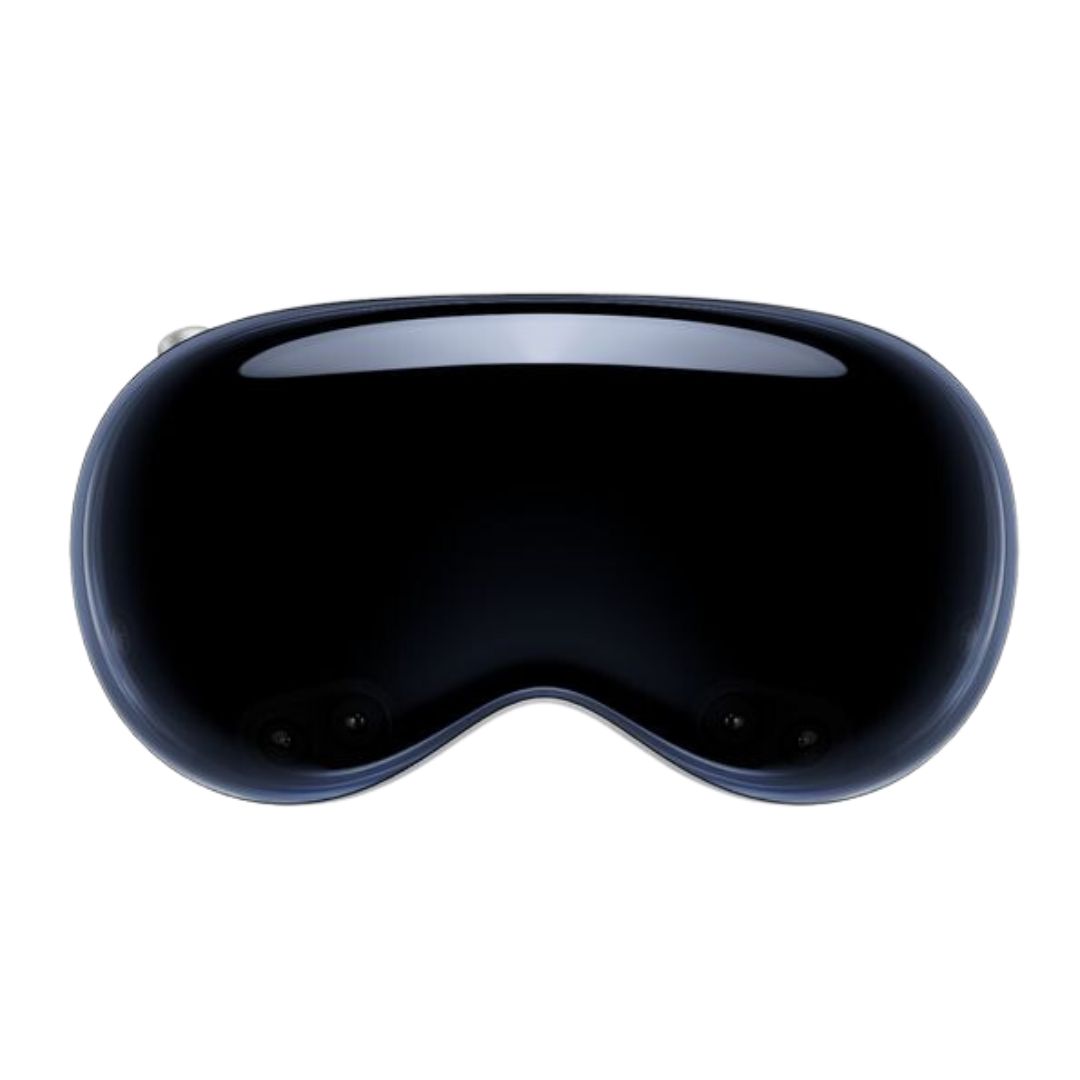
A new computing paradigm
Less a VR headset and more an all-encompassing interface of mixed reality and computing, the Vision Pro is something totally new. It’s packing an M2 chip right out of the gate, but expect subsequent versions to get more powerful just like the modern Mac.
Pros
- Spatial computing
- Relive memories with spatial videos
- Controller-free interaction
Cons
- Very expensive
- Unknown how quickly developers will be on board
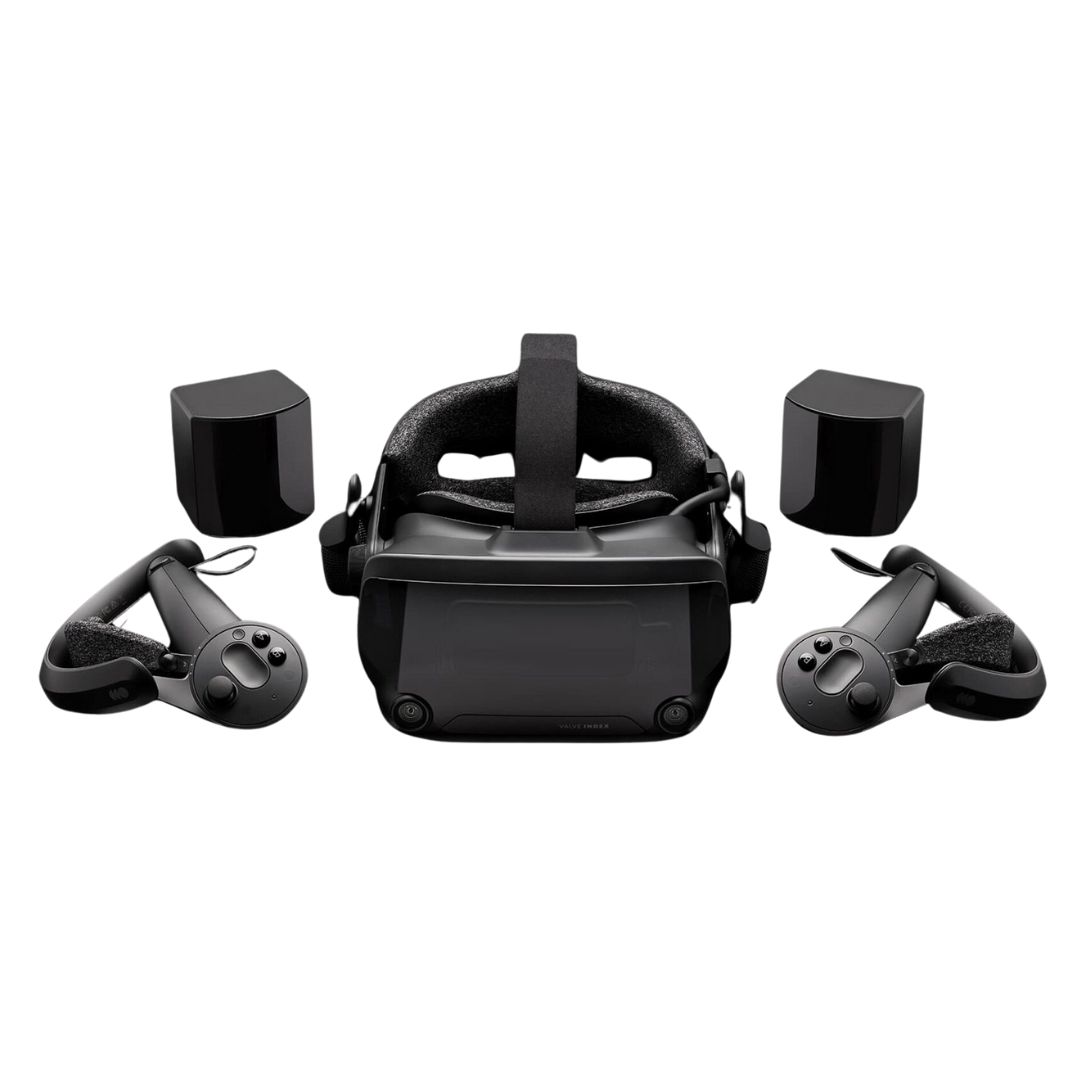
A fantastic VR headset
A traditional VR headset that needs to be hooked up to a computer, the Valve Index may not look as sleek as the Vision Pro but it’s capable of powering some fantastic VR experiences. You will need a PC to make the most of it, though.
Pros
- Great audio and visuals
- Impressive field of view
- Half-Life Alyx is a must play
Cons
- Already five years old
- Requires a powerful PC
Apple’s Vision Pro headset is finally up for order, and while it’ll undoubtedly sell out for early adopters, you may be wondering what all the fuss is about.
If you’re like many of the non-iMore reading tech enthusiasts we know in our daily lives, you may be balking at spending almost $4,000 on “another VR headset”. The truth, however, is that Vision Pro is a sideways step from VR and a forward step in overall computing - at least as far as Apple will tell you.
That makes pitting it against a more traditional virtual reality device like a Valve Index somewhat of a moot point, but the comparison can be used to show just how different Apple’s thinking is from what the likes of Valve, Meta, and more are doing.
Here’s a rundown of the Apple Vision Pro versus the Valve Index.
Apple Vision Pro vs Valve Index: Features and specs
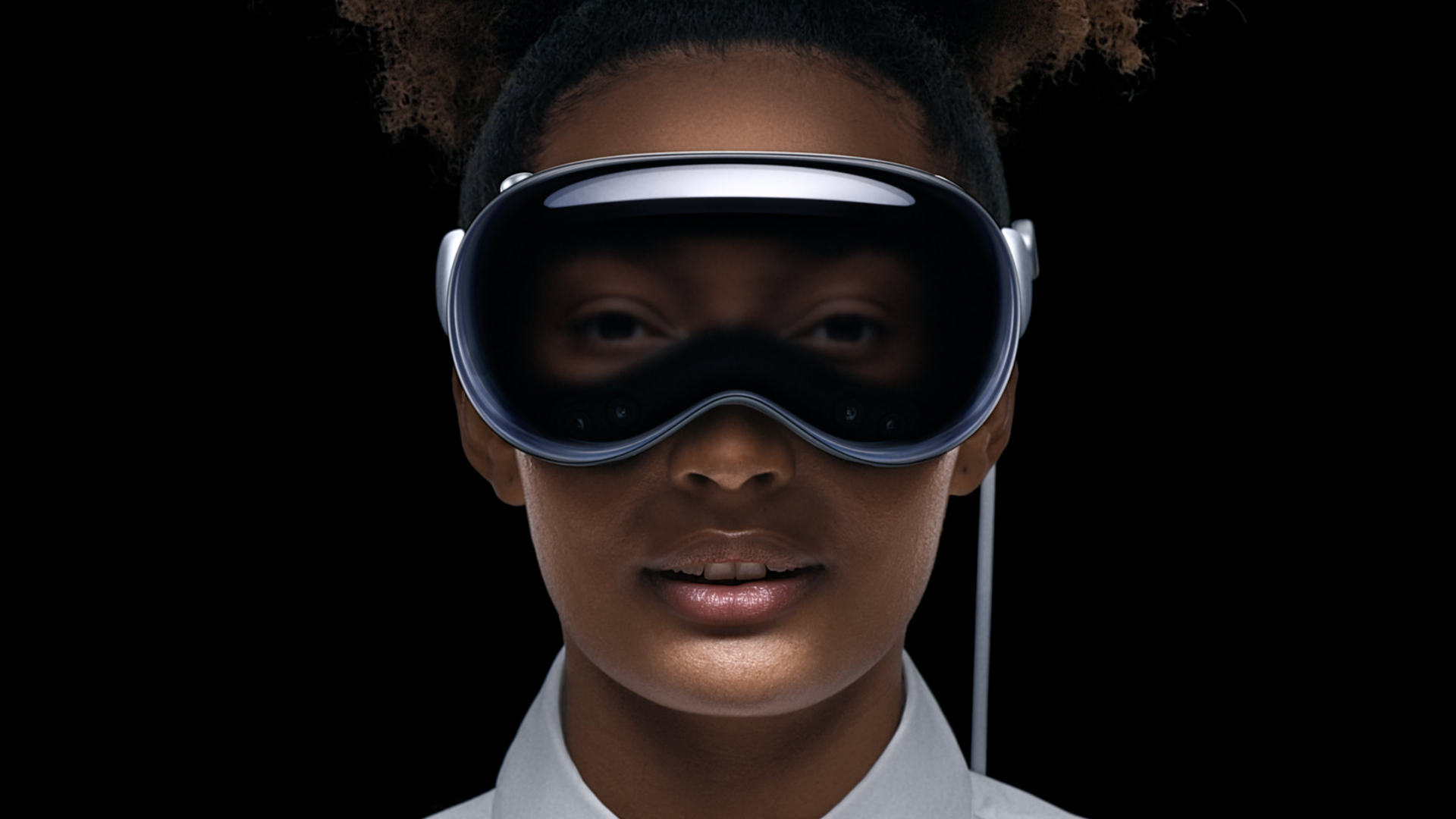
It’s hard to believe that the Valve Index is approaching five years of age at this point, but it’s true - Valve’s headset remains near the peak of the PCVR space, but there’s always the chance it’ll be replaced sooner than expected.
Valve, while previously famed for its software (and we’ll come to that soon), has shifted into hardware with impressive success thanks to its handheld PC, the Steam Deck, which got a surprise OLED revision late last year. Could the Index be next? It’s hard to say.
In any case, that four-and-a-half-year gap has made the Vision Pro spec sheet much better reading for Apple, outside of the price and battery life.
| Specs | Apple Vision Pro | Valve Index |
| Price | $3499 | $999 (less without controllers) |
| Display | Micro-OLED, around 23 million pixels | LCD, round 4.6 million pixels |
| Controllers | Gestures, Siri, Digital Crown | Index Controllers |
| Battery Life | Up to 2 hours | Up to 5 hours |
Apple Vision Pro vs Valve Index: What’s new?

As covered above, the Valve Index is a very good VR headset, but that’s all it is. That feels like a damning statement, but from 2019 onward it’s been a sensational headset that pushes more power than the likes of Meta Quest 2 and 3 thanks to it being hooked up to a PC.
It’s got a wide field of view, and a huge library of titles to play and experience on Valve’s own Steam platform. It can run on pretty modest hardware, too, but you’ll naturally get more from it with a more powerful GPU.
On the other hand, Vision Pro is pretty much all new. There are throwbacks to other Apple products, sure (the Digital Crown, the iCloud integration, FaceTime) but all of those come with tweaks that help them fit Apple’s “Spatial Computing” terminology.
Put simply, the Valve Index is an additional way to use your PC, primarily for games and experiences. On the other hand, the Vision Pro is pretty much its own PC, running visionOS.
So, while you can hop on and play Beat Saber with a Valve Index, or load up your PC’s productivity apps, Vision Pro is intended to have apps, including the likes of Apple Mail, Safari, and more, be the centerpiece of the experience.
Naturally, that ambition plays into the price. A Valve Index will set you back $499, but you’ll likely want the bundle with the controllers and base station which will come to $999. That seems like a lot until you consider Apple Vision Pro is $3,499.
An extra battery is another $199, as is the travel case, and optical inserts start at $99, cementing the fact that while this may be a leap in computing, it’s not one everyone can make right now.
Apple Vision Pro vs Valve Index: Power and Features
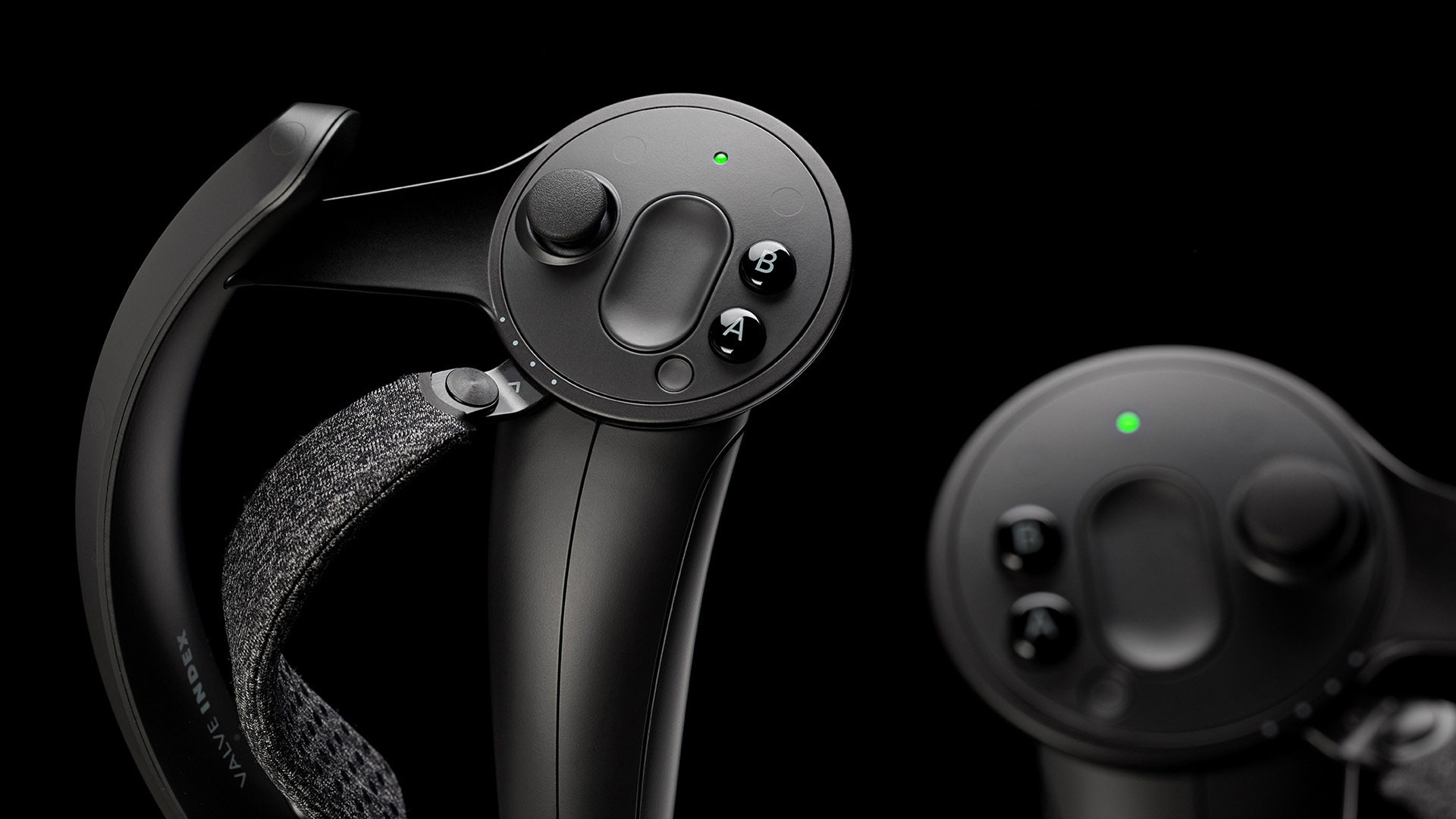
Within the Vision Pro headset, two chips are working to provide the real-time, moment-to-moment experience of VisionOS. The M2 chip is working in tandem with the R1, but there’s naturally every chance things move to M3 and R2 in the future, especially since the M3 chip is already here for the Mac.
There are cameras, too, capable of capturing depth so you can record not just an image or a video, but what Apple calls “Spatial Photo and Video” which lets you shift perspective and look into your captures as if you’re reliving them.
There’s eye-tracking, too, which combines with gesture-based inputs to negate the need for controllers at all, while you can also use Siri if you’d prefer to use your voice.
It’s worth remembering that Vision Pro is, in many ways, a first draft, and its capabilities are likely to improve as new versions of visionOS roll out. There’s also a need for developers to go hands-on with the headset to see what they can bring to it, too.
That’s something Valve’s Index doesn’t have to worry about, with a surprisingly vast number of VR titles on Steam. While it is possible to get work done in an Index, it’d be fair to say its focus is much more on games and experiences.
To that end, Half-Life: Alyx, a game developed by Valve itself, is a true “once in a generation” kind of title, offering visual fidelity, interactivity, and more that we hope Apple can one day match. For now, though, you need a PC to play it.
Valve’s headset also opts for controllers, and they offer familiar button and trigger layouts as well as very impressive hand tracking. It’s not quite as futuristic as pinching your fingers, though.
Apple Vision Pro vs Valve Index: Battery Life
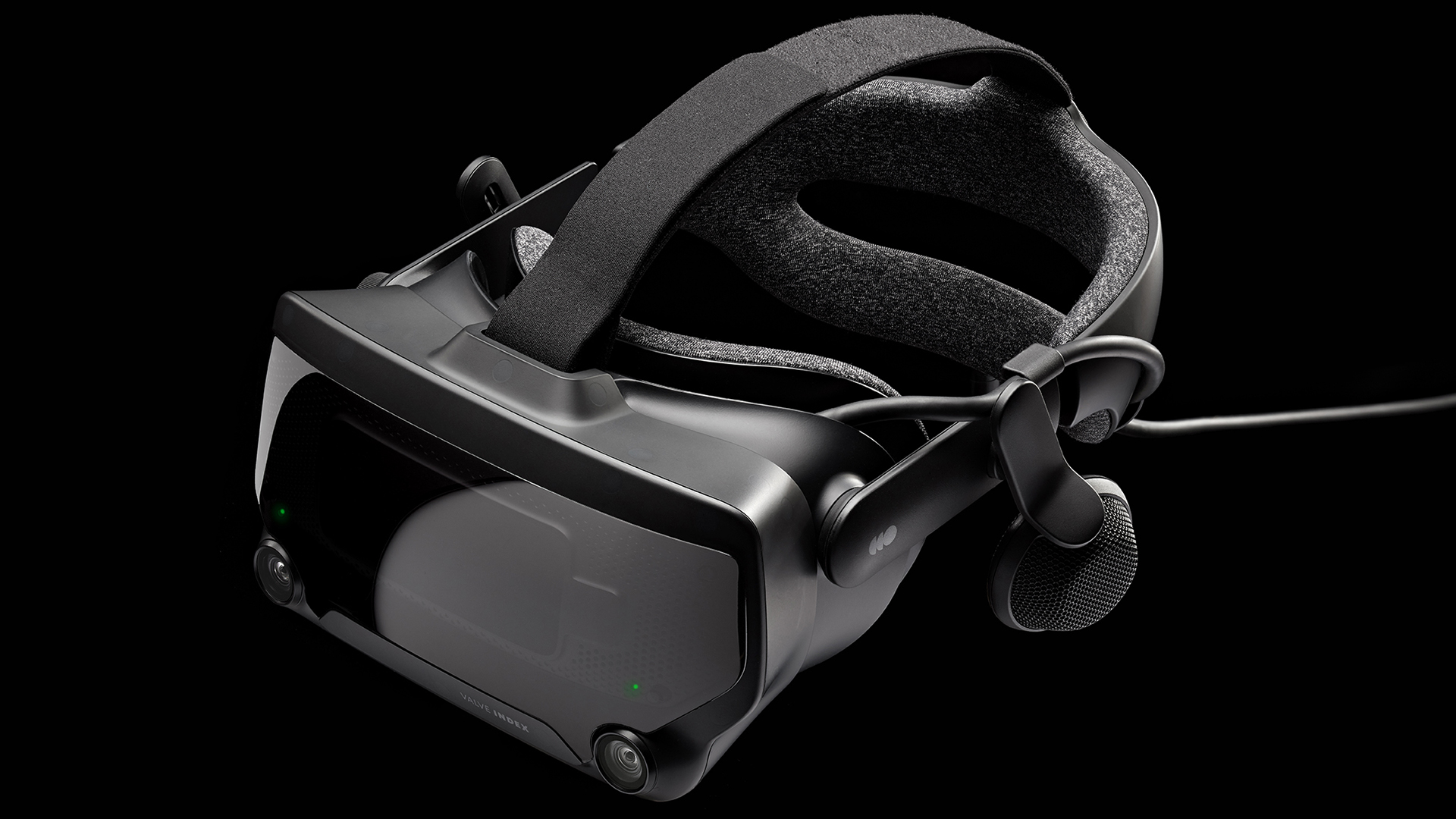
Here’s an area where Apple’s ambition hasn’t quite been realized with the available technology. The Vision Pro, for all of its power, will require a battery charge after two hours or less, depending on what you’re doing.
That may sound like a long time to wear a headset, but with Apple suggesting the Vision Pro could be a boon for work, you may want longer to make it through a full day.
On the other hand, the Index can hit up to 5 hours on a single charge, but naturally, you’ll get less than that with more demanding activities. Still, it’s something to consider if you want to enjoy a VR movie that’s as long as Killers of the Flower Moon.
Apple Vision Pro vs Valve Index: Which should you buy?
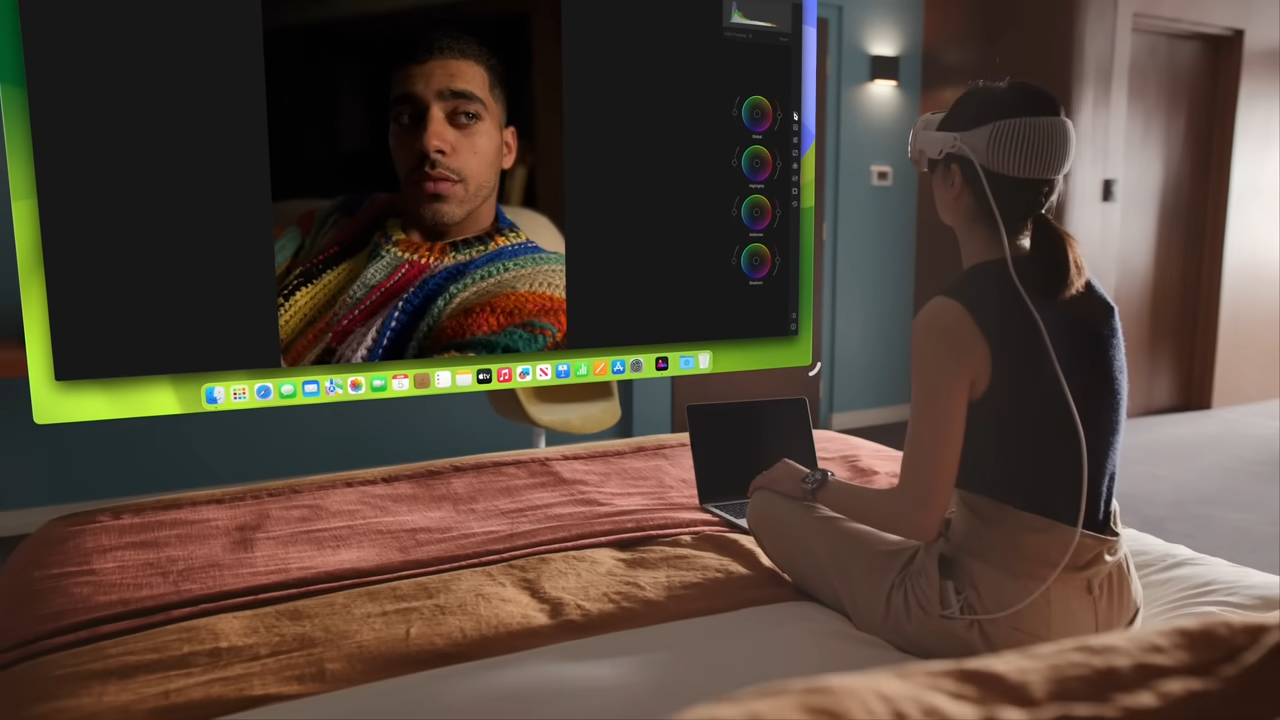
There really is no correct answer here because both platforms offer something almost wholly different from each other.
If you’re looking to get work done and be on the cutting edge of an entirely new computing platform, the Vision Pro is worth a look, as long as you can afford it.
On the other hand, the Valve Index is a fantastic VR headset that offers some of the most popular VR games but could be due a hardware revision at any time.
iMore offers spot-on advice and guidance from our team of experts, with decades of Apple device experience to lean on. Learn more with iMore!

Lloyd Coombes is a freelance writer with a specialism in Apple tech. From his first, hand-me-down iMac, he’s been working with Apple products for over a decade, and while he loves his iPhone and Mac, the iPad will always have his heart for reasons he still can’t quite fathom.
Since moving from blogging to writing professionally, Lloyd’s work can be found at TechRadar, Macworld, TechAdvisor and plenty more.
He’s also the Editor in Chief at GGRecon.com, and on the rare occasion he’s not writing you’ll find him spending time with his son, or working hard at the gym (while wearing an Apple Watch, naturally). You can find him on Twitter @lloydcoombes.
